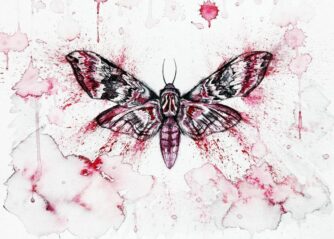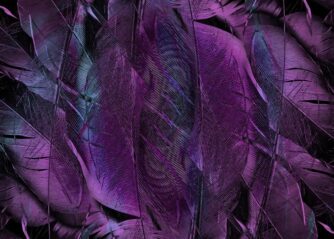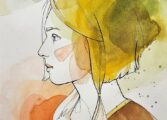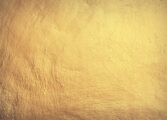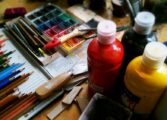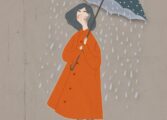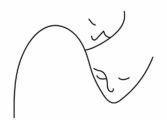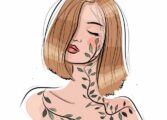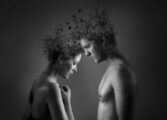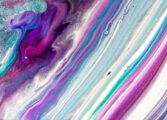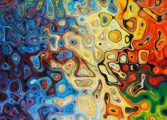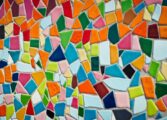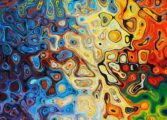Fashion illustration Bridging Art and Style in the Digital Age

Fashion Illustration: A Fusion of Art and Style
Introduction:
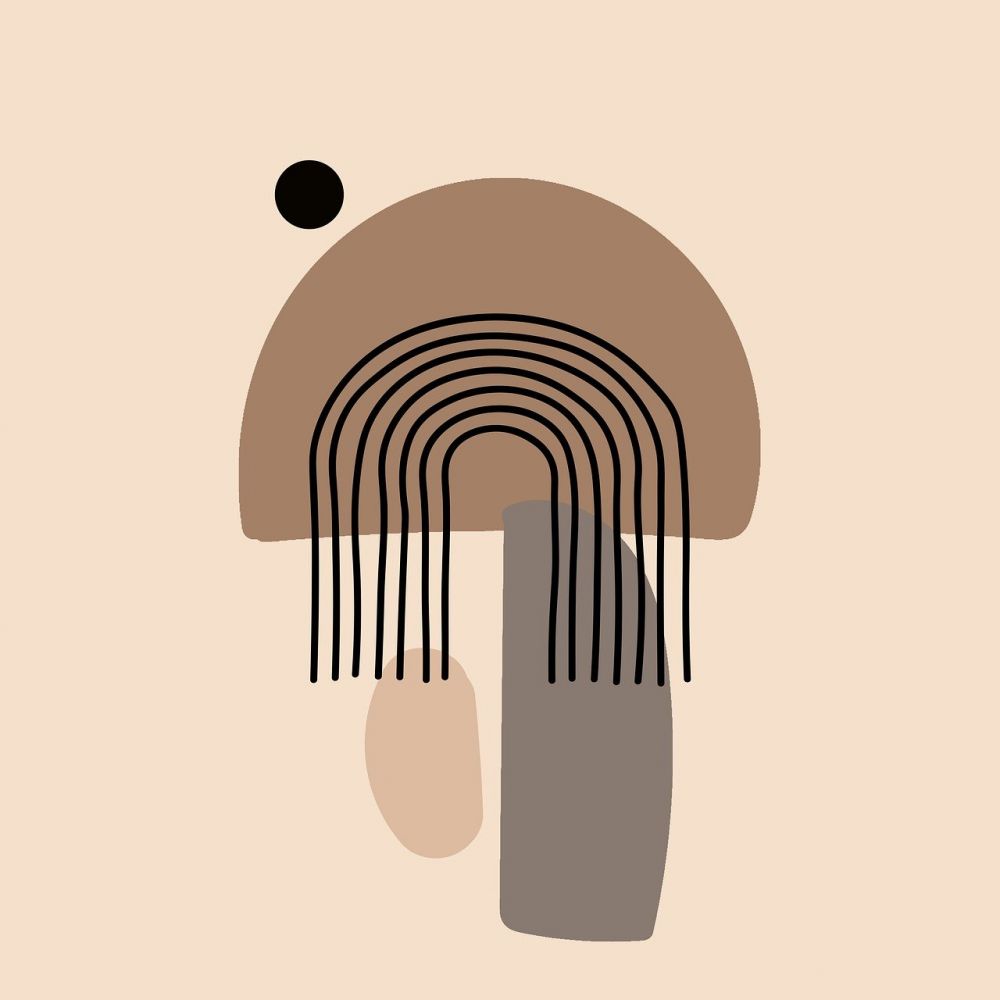
Fashion illustration has long been an integral part of the fashion industry, seamlessly blending art and style to create visually captivating representations of fashion designs. In this comprehensive article, we delve into the world of fashion illustration, exploring its various types, popularity, historical significance, and how it continues to evolve in the digital age.
An In-depth Exploration of Fashion Illustration
1. Understanding Fashion Illustration:
Fashion illustration is the artistic representation of clothing, accessories, and fashion designs. It serves as a means of communication between designers, industry professionals, and the general public. By depicting fashion in a visually appealing and expressive manner, fashion illustrators bring designs to life, translating them from conceptual ideas to tangible imagery.
2. Types of Fashion Illustration:
Fashion illustration encompasses several styles, each with its distinct characteristics and purposes.
– Classic Fashion Illustration: This traditional style emphasizes elegance and grace, often characterized by elongated figures, delicate brushstrokes, and intricate attention to detail. Artists like Erte and René Gruau are renowned for their contributions to this style.
– Realistic Fashion Illustration: This style aims to accurately depict clothing and models, focusing on lifelike portrayal with meticulous attention to proportions, textures, and fabric drape. Artists such as David Downton and Hayden Williams excel in this genre.
– Fashion Figure Sketches: Figure sketches are simplified representations of models, capturing the overall essence of their posture, movement, and gesture. These sketches serve as a foundation for designers to showcase their fashion creations.
– Digital Fashion Illustration: With the rise of technology, digital mediums have revolutionized fashion illustration. Artists now employ digital software and tools to create stunning, vibrant, and intricate illustrations. Popular software includes Adobe Illustrator and Procreate.
3. Popularity of Fashion Illustration:
Fashion illustration’s appeal transcends industry boundaries, captivating not only designers but also fashion enthusiasts and art enthusiasts alike. In recent years, fashion illustration has gained prominence through social media platforms such as Instagram, allowing artists to share their work and connect with a global audience. The accessibility and shareability of digital illustrations have contributed to the widespread popularity of fashion illustration in contemporary society.
Quantitative Insights into Fashion Illustration
1. Social Media Influence:
The rise of social media has significantly impacted the fashion illustration industry. Platforms like Instagram and Pinterest have become hubs for fashion illustrators to showcase their work, garnering thousands of followers and collaborations with prominent fashion brands. Furthermore, the use of hashtags and targeted marketing strategies has increased the visibility and reach of fashion illustrations.
2. Google Search Trends:
Analyzing Google search trends provides valuable insights into the popularity of fashion illustration over time. We can observe spikes during fashion weeks, major red carpet events, and the release of highly anticipated fashion collections. The quantitative data obtained from these trends helps identify emerging trends, popular artists, and consumer preferences.
The Diverse World of Fashion Illustration
1. Stylistic Differences:
Fashion illustration allows artists to express their creativity, resulting in a multitude of unique styles. Some illustrations prioritize realism, capturing every intricate detail, while others focus on conveying emotions and concepts. From minimalist line drawings to vibrant mixed media creations, the stylistic diversity in fashion illustration is immense.
2. Cultural and Ethical Influences:
Fashion illustration also reflects the cultural and ethical landscape of society. Illustrators incorporate diversity, body positivity, and sustainable fashion themes into their work, emphasizing inclusivity and social consciousness. By representing a wide range of body types, skin tones, and ages, fashion illustration challenges traditional beauty standards and promotes acceptance.
A Historical Journey of Fashion Illustration
1. Advantages of Traditional Fashion Illustration:
Historically, fashion illustration played a crucial role in fashion communication due to its ability to convey intricate details, textures, and drapery effectively. Traditional mediums like watercolor, pen and ink, and gouache allowed for a tactile and expressive representation of fashion designs. These illustrations acted as primary references for designers, creating a bridge between concept and realization.
2. Disadvantages of Traditional Fashion Illustration:
While traditional fashion illustration thrived for decades, it also had limitations. The time-consuming process and limited reproduction capabilities restricted its accessibility. Moreover, achieving accurate color representation was often challenging, leading to discrepancies between illustrations and finished garments.
3. The Digital Revolution:
With the advent of digital technology, fashion illustration has undergone a transformative shift. Digital illustration tools offer greater speed, flexibility, and accuracy, enabling artists to experiment and iterate more efficiently. The ability to manipulate colors, textures, and proportions swiftly has revolutionized the way fashion illustrations are created and shared.
Conclusion:
Fashion illustration continues to captivate audiences with its unique fusion of art and style. From classic renditions to digital masterpieces, fashion illustration serves as a visual language that communicates the vision of designers while reflecting the ever-changing dynamics of fashion. As technology progresses, fashion illustration adapts, allowing artists to push boundaries and inspire us with their creativity.


